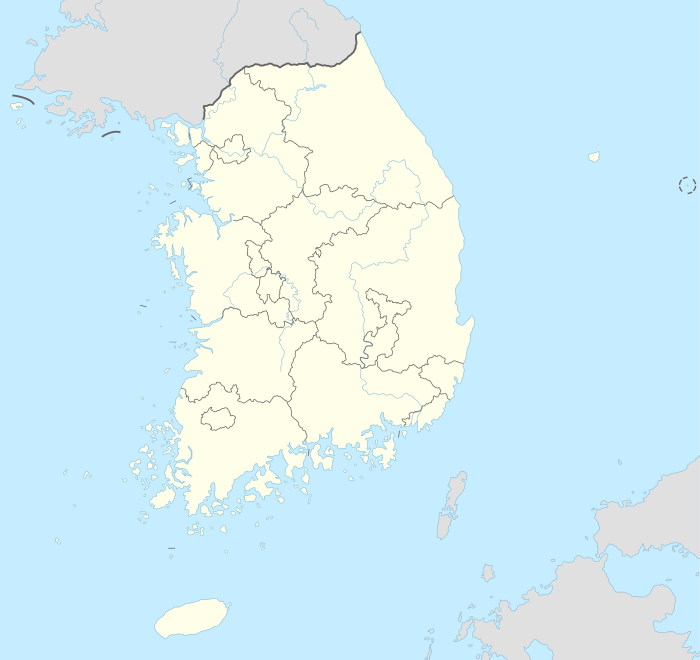This article has multiple issues. Please help improve it or discuss these issues on the talk page . (Learn how and when to remove these messages)
|
 | |
| Host city | Pyeongchang, South Korea |
|---|---|
| Countries visited | Greece, South Korea |
| Distance | 2,018 km |
| Torchbearers | 7,500 |
| Start date | 24 October 2017 |
| End date | 9 February 2018 |
| Part of a series on |
| 2018 Winter Olympics |
|---|
The 2018 Winter Olympics torch relay was run from October 24, 2017, until February 9, 2018, in advance of the 2018 Winter Olympics. After being lit in Olympia, Greece, the torch traveled to Athens on 31 October. [1] The torch began its Korean journey on 1 November, visiting all regions of Korea. The Korean leg began in Incheon International Airport: the torch travelled across the country for 101 days. 7,500 relay runners participated in the torch relay over a distance of 2,018 kilometres (1,254 mi). The torchbearers each carried the flame for 200 metres (660 ft). The relay ended in Pyeongchang's Olympic Stadium, the main venue of the 2018 Olympics. [2] The final torch was lit by figure skater Yuna Kim.


